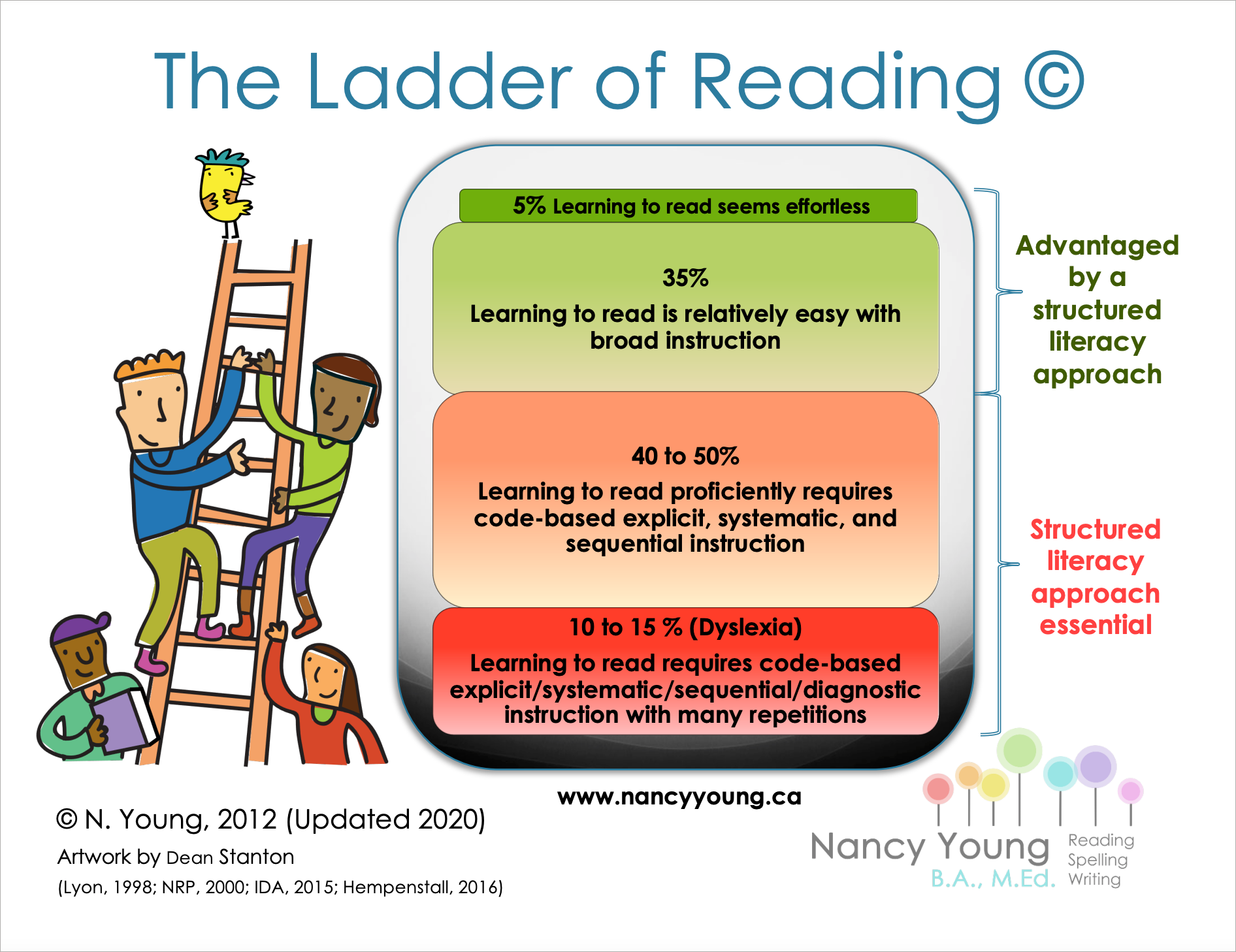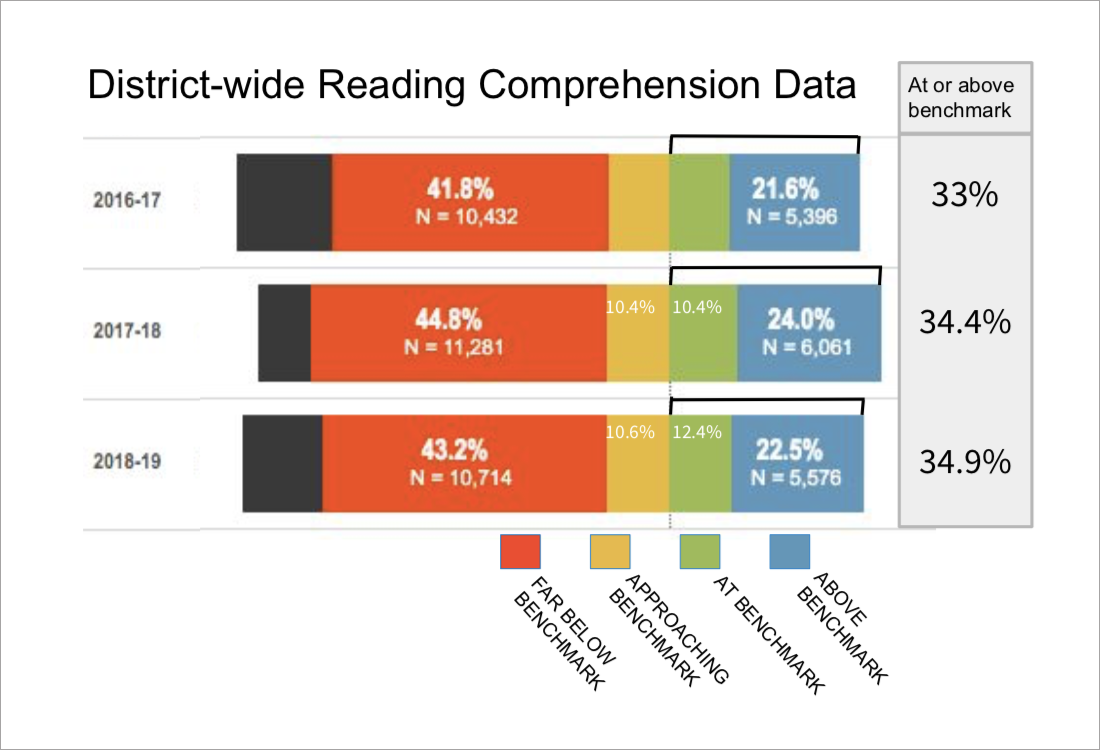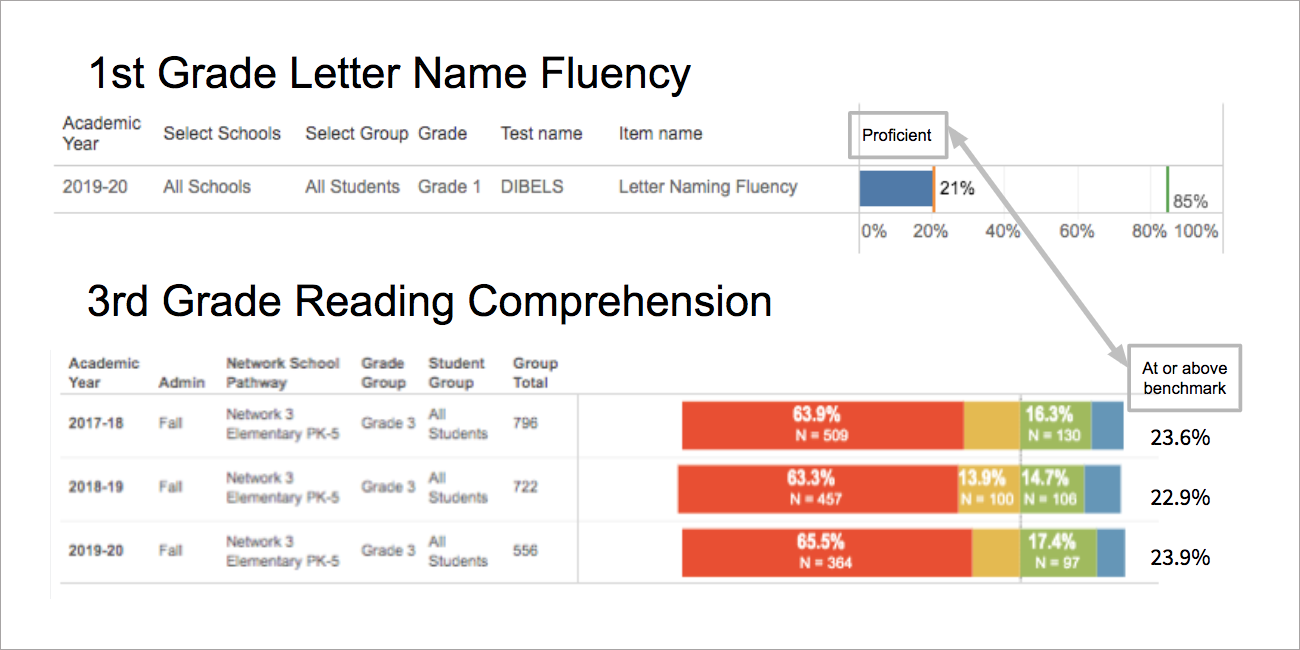I embraced every possible reason not to take early literacy data seriously:
- Kindergarteners are too young for testing.
- How can we trust reading data of kids who have barely been in school?
- Shouldn’t we wait and see if students will catch up?
- I don’t even care about these subtests.
- Screening measures don’t tell me what I really need to know in order to teach.
- Testing pulls time away from instruction.
- It feels wrong to label young kids as “struggling readers.” Doesn’t that kind of label stigmatize and limit a child?
I resisted objective data, thinking that cold, hard numbers couldn’t possibly help my students. The data were generic and my students were unique; they needed my attention as they talked about a problem they had with a classmate, their favorite part of a story, or got tangled up in their ABCs. I gave the required assessments, but ignored the data except for when I’d look at a printout and think, “What am I supposed to do about this? There’s only one of me and more than two dozen kids in need of individualized attention.”
Despite over a decade at the elementary level, I’d never worked in a school that actually knew how to use early literacy data and I’d never been in a district that explained its importance. It wasn’t until I was in a district-leadership role that I saw our district-wide reading comprehension data alongside The Ladder of Reading .

Research suggests that 35-40% of students will learn to read relatively easily or even effortlessly with broad instruction, but that the majority of students require explicit and systematic instruction to learn how to read.
It was clear from our data — upwards of 60% of students reading below benchmark — that we weren’t meeting our students’ needs. It was also painfully obvious that the percentage of students doing well in our Balanced Literacy district was strikingly similar to the percentage of students who, according to Ladder of Reading, learn to read relatively easily with “broad” instruction.

The data revealed early warning signs as well; in our high-poverty schools, where families were less likely to supplement with tutoring, only 21% of our first graders were proficient in naming the letters, an uncomfortably close match with our third grade comprehension data: Only 23% of our high-poverty students were at or above benchmark.

Instead of waiting for students to fail, we could use early screening data, make strategic decisions, devote resources to early literacy instruction, and ensure that every child who needs early intervention receives it before they experience difficulty. We could do this. And yet, most districts and schools do not.
Instead we tend to wait years, until we can no longer hold on to the hope that children will “grow out of” their reading difficulties and only then do we begin to make arrangements for intervention and testing. And the interventions, if and when a child finally receives them, are usually too little and are almost always too late. It’s much harder for an older student, one who has become understandably disengaged in academics, to respond well to foundational skills instruction that would be more appropriate in a kindergarten classroom. A five- year-old can experience glee in learning the difference between K and H or in sounding out the word “sat.” It’s much harder for an upper grade student to be excited about finally learning our alphabetic code.
Once you see predictive data for what it is, you can’t unsee it. And all the excuses for not screening primary grade students for reading difficulty seem silly. Of course we need to know which students require us to be careful, systematic, and explicit with reading instruction!
Objective data from a valid, predictive, reliable early literacy screener isn’t a collection of meaningless numbers; it’s the closest thing we have to a crystal ball, showing us exactly where we need to focus in order to ensure educational equity. Many districts and schools collect screening data, but they don’t often use it to inform how they serve students.
I wish I had known …
Early screening data can help us to select curriculum and allocate resources.
- Curriculum used for Tier 1 instruction should meet the needs of 75%+ of the students in a class.
- If a majority of primary grade students need strategic or intensive reading intervention, the curriculum used by the classroom teacher(s) must be designed for use with students who experience reading difficulties. Investing in primary grade teachers and students can alleviate the need for costly interventions in the later grades.
- If fewer than 95% of students are leaving first grade reading well, primary grade teachers need ongoing professional development, coaching, materials, etc.
High-quality classroom instruction in the primary grades is the most cost-efficient way to ensure equitable outcomes for students.
- Interventions are costly and publishers know that.
- Any assessment that intends to funnel students into a specific intervention, especially if it’s sold by the same publisher, should be viewed as suspect.
- Interventions should be short-term, targeted, and frequently monitored.
- More children benefit when we train teachers to teach reading well than when we purchase subscriptions to computer-based assessments with computer-based interventions.
- Screening data should be curriculum-agnostic and can even be free .
Screening data tell us whether our approach is working.
- Effective instruction can change the trajectory of a child’s reading development. If students are not climbing performance bands over the course of the year, we need to scrutinize our approach to teaching reading.
- As the school year progresses, we should see student growth reflected in progress-monitoring data and benchmark screening data. If our screening data isn’t budging, we need to scrutinize our curriculum and implementation to find out why.
Families have a right to know if their child is likely to experience difficulty with reading.
- If screening data show a child is in need of intervention, we should be able to face the child’s family and provide an explanation for how we will address that need.
- Though we should not depend on it, we can also ask families to reinforce our work at home.
Difficulty acquiring foundational skills does not predict later academic difficulties …
… unless children don’t receive the instruction they need to master those skills.
Our attitude towards data is an indication of our confidence in instruction.
When we know how to teach reading well, collecting data becomes a time of excitement and celebration, rather than a burden.
Download printable: I Wish I Had Known

